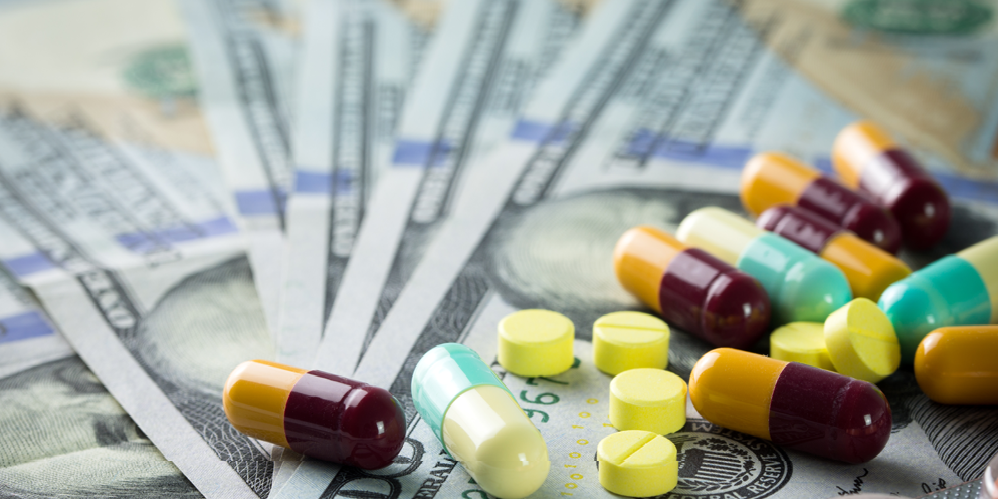
The Dangers of Prescription Medications
Most of us are inundated daily by television commercials, peddling one pill or another, usually masking over one malady for another, trading off on the side-effects, that are actually more dangerous, than the original ailment.
That constant stream of “Big Pharma” infomercials invading our homes daily, along with pill pushing physicians, has got us to this current drug-infested crisis plaguing America, leading the way with perhaps one of the most effective painkilling drugs ever developed by the pharmaceutical industry, however when abused, the most lethal.
The hero or villain, depending on its use is the drug “Opioid” which currently an estimated 10.3 million Americans between the ages of 12 to adulthood have misused in 2018.
Remarkably almost 9.9 million have been prescribed by physicians pushing the pain reliever drug, which of course is also abused by an estimated 800,000 heroin addicts.
Opioids are a series of drugs replicating the properties found in opium, hence the name. The drug is sold under brand names such as morphine, oxycodone, and hydrocodone.
A recent study conducted by the National Institutes of Health showed that in 2017 a record number of over 72,000 people died from drug overdoses during that year alone.
Of those, a staggering 49,060 people are said to have died as a result of opioid abuse.
Even more egregious than those untimely deaths, and perhaps the reason why there’s such an abundance of opioids easily available in the marketplace is the incredible profit margins for Big Pharma, it’s truly a cash-cow for the industry.
However, Americans are paying a high toll to simply get high. Deaths from opioids alone are now exceeding deaths from car accidents (40,100), fatal shootings (15,549), homicides (17,284) and even suicide (almost 45,000).
As noted, opioids are a profitable commodity to the pharmaceutical industry; they’re an effective pain reliever, with minimal side effects, however highly addictive, which leads some patients to seek additional prescription drugs from their physician.
Andrew Kolodny, executive director of Physicians for Responsible Opioid Prescribing, says that this can make patients “worth” several thousand dollars each month to Big Pharma.
“Many patients wind up very sedated from opioids, and it’s not uncommon to give them amphetamines to make them more alert. But now they can’t sleep, so they get Ambien or Lunesta. The amphetamines also make them anxious, paranoid and sweaty, and that means even more drugs.”
Kolodny, who also serves as chief medical officer to Phoenix House, a nonprofit organization that offers drug and alcohol treatment in 10 states and the District.
He noted that Big Pharma targets women in particular because their research has shown they’re ideal customers. Their data shows that 57% of working-age women who are prescribed opioids by their doctor also take four or more prescription drugs.
Among men, the numbers are significantly lower. About 41% of working-age men on prescription opioids have at least four prescriptions. Among men who don’t take opioids, 9% have four or more.
As outlined at the beginning of this article Big Pharma years ago previously targeted consumers through TV commercials selling drugs that could not directly be purchased by them, like other products being sold on TV. In fact, no other product, to my knowledge has that unique distention.
Big Pharma cleverly exploited and manipulated the consumer conflating aliments, while promoting new drugs to combat side-effects created by the drugs they promoted on TV, repeating the cycle, again and again.
Consumers who didn’t know any better, assumed that Big Pharma was working on their behalf, sought out certain drugs promoted on TV, demanding from their doctors the drug that would relieve their aliment, and of course some doctors are only too happy to oblige their patients, while also reaping tangible rewards on the backend, from a very grateful pharmaceutical industry.

Recent Comments